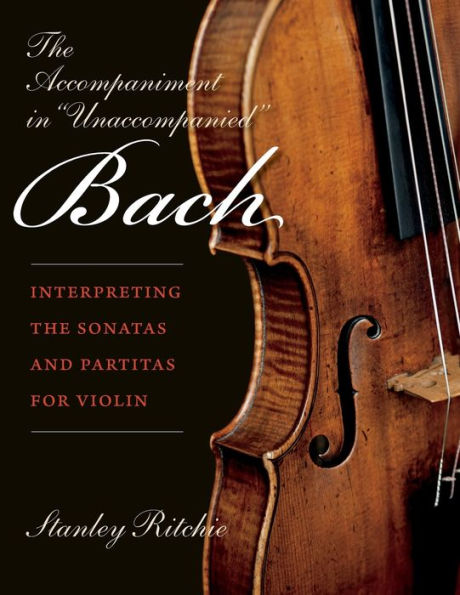5
1

The Accompaniment in "Unaccompanied" Bach: Interpreting the Sonatas and Partitas for Violin
136
The Accompaniment in "Unaccompanied" Bach: Interpreting the Sonatas and Partitas for Violin
136
33.0
In Stock

Product Details
| ISBN-13: | 9780253021984 |
|---|---|
| Publisher: | Indiana University Press |
| Publication date: | 09/26/2016 |
| Series: | Publications of the Early Music Institute |
| Pages: | 136 |
| Product dimensions: | 8.50(w) x 10.90(h) x 0.40(d) |
| Age Range: | 18 Years |
About the Author
What People are Saying About This
From the B&N Reads Blog
